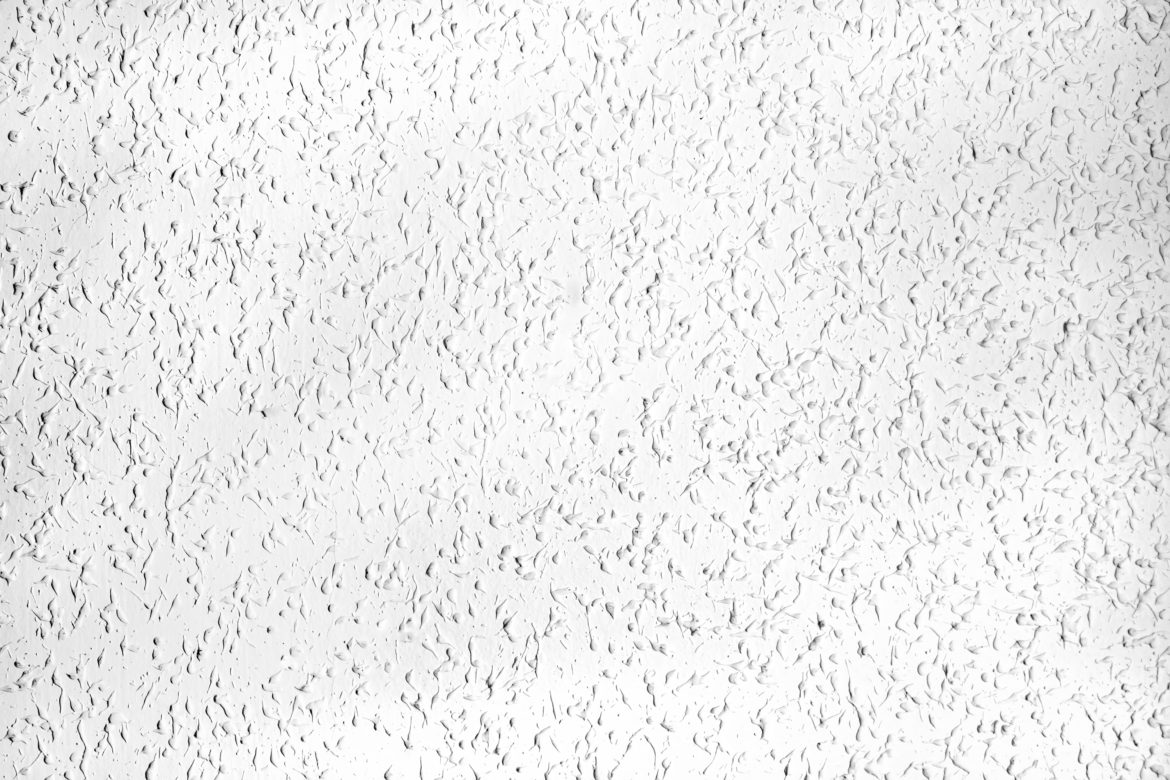If you’ve been inside a home built during the 20th century, it’s likely you’ve encountered popcorn ceilings. In more modern builds, you likely won’t find it popcorn ceilings because there are so many alternatives. They’re easy to spot as these ceilings have been textured with a material such as styrofoam or stucco, giving them a bumpy appearance that is reminiscent of popcorn. While once hugely popular, the days of these ceilings were numbered. Why was this the case? Are there any benefits to having this type of ceiling today? And why would homeowners choose this particular style in the first place? Read on to get answers to all of your popcorn ceiling questions.
What Is Popcorn Ceiling?

Popcorn ceilings, otherwise known as stucco ceilings, acoustic ceilings, or cottage cheese ceilings, were hugely popular in residential houses built between the 1930s and 1990s in Canada. Characterized by their textured look and feel by being stippled with a sponge, or sprayed on with a hopper gun using a special mix, these ceilings were commonly found in entrance hallways, bedrooms, and basements of homes.
An Unpoppable Trend
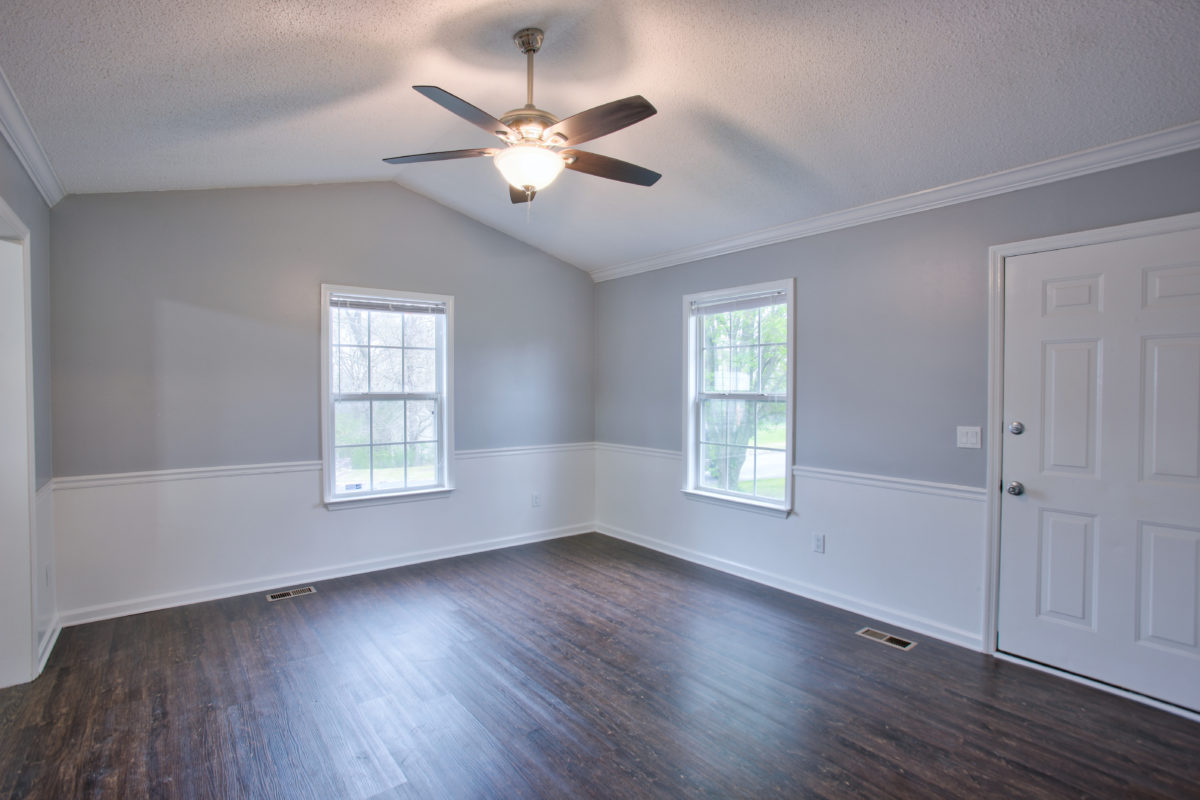
Several decades ago, this stippled technique was deemed a cheaper alternative to properly painting your ceiling. The ‘popcorn’ effect was achieved by spraying on a mixture that looked like cottage cheese (hence the alternative name), so homeowners didn’t need to concern themselves with fixing any imperfections in advance. Other than priming the ceiling with paint, there was no need to patch any cracks or smaller holes and sand them down before painting, because it would just be covered up by the texture. Popcorn ceilings provided a cost-effective, and time-efficient, solution for many families. Not bad!
However, this fad quickly fell out of style in the late ‘70s in the United States, and in the ‘90s in Canada. Asbestos was found to be a binding ‘ingredient’ in popcorn ceiling mixtures and was banned in the U.S. in 1978 under the Clean Air Act due to causing mesothelioma (a type of cancer) if inhaled. After this discovery, popcorn ceilings were made with materials such as Styrofoam to create the same stippled pattern. Even though its popularity has waned, these ceilings still exist in many homes today.
Keeping Up Appearances
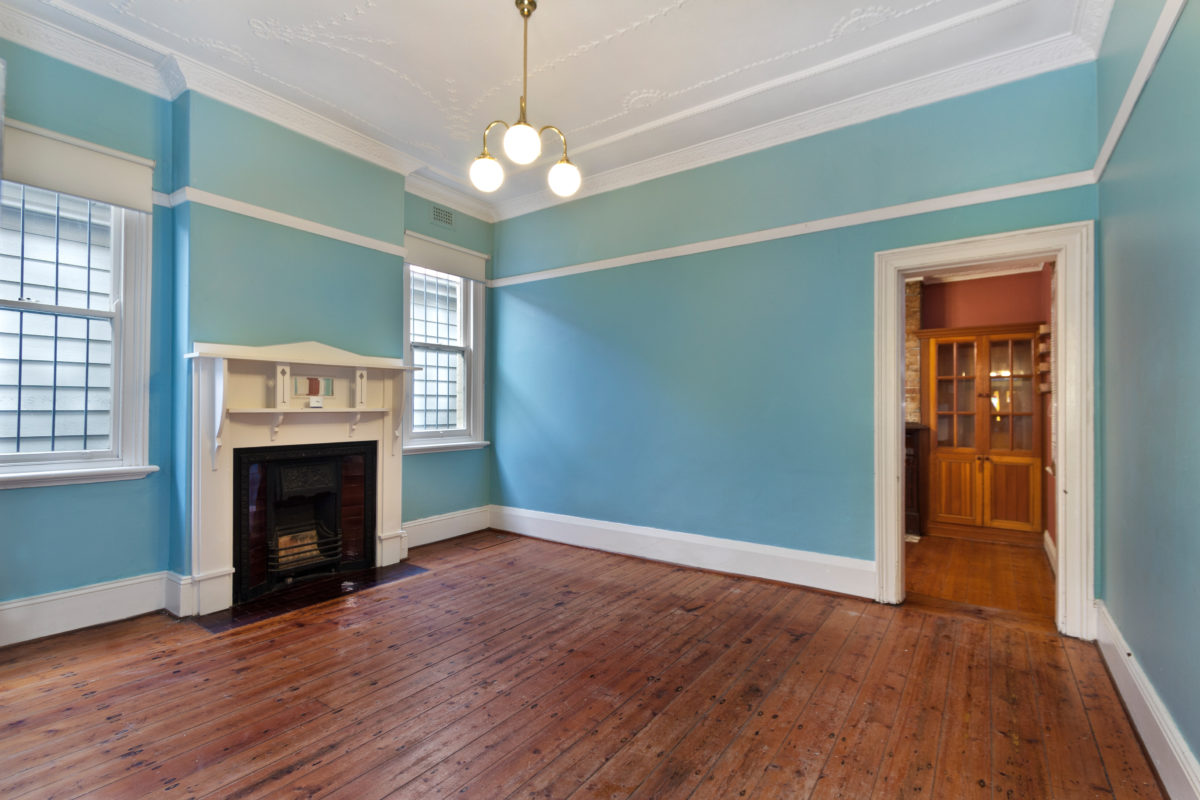
Depending on the look you want to achieve, popcorn ceilings can either be seen as outdated or well-suited to the interior of your home. It’s all a matter of visual preference. That said, one great benefit (then, and now) is that they hide imperfections, cracks, and scuff marks a lot better than regular, smooth ceilings. Since the three-dimensional texture is coarse and casts shadows, it can disguise or even completely cover those older, shoddy repair jobs, and no one would be the wiser.
Smooth ceilings look more polished and modern, but because natural or indoor lighting reflects evenly on flat surfaces, those seams, cobwebs, and drywall touch-ups are harder to conceal. Of course, there are many other options when it comes to ceilings today, so don’t feel like you’re stuck with one or the other.
Acoustics Matter
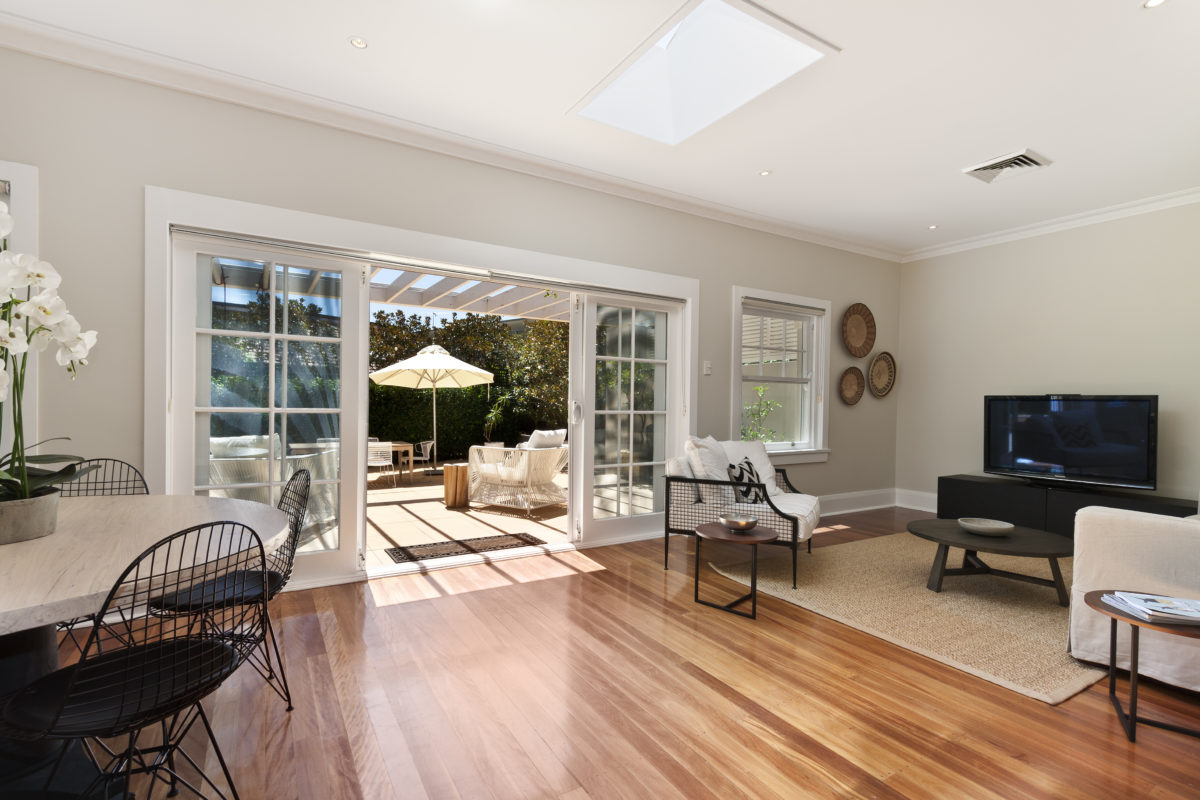 The reason why popcorn ceilings are also called acoustic ceilings is because they are better at absorbing sound. This is in part because of the increased surface area due to all the raised bumps, which is said to help muffle noise.
The reason why popcorn ceilings are also called acoustic ceilings is because they are better at absorbing sound. This is in part because of the increased surface area due to all the raised bumps, which is said to help muffle noise.
A definite advantage if you have floors with lots of traction, or for those moments when you feel like grabbing a midnight snack! Popcorn ceilings can be a strategic way to insulate noise levels in certain areas prone to louder sounds. If you want to soundproof your home, but don’t want to add popcorn to your ceiling, there are other options instead.
Cleaning & Repairing Popcorn Ceiling

An unfortunate drawback to popcorn ceilings is the amount of work required to keep the surface area clean and fix any holes or cracks that may appear over time. Cobwebs, spiders, dust, and bits of dirt can easily get caught in the bumps, and smoke can eventually stain your ceiling, which can be difficult to remove. A duster or the brush head of your vacuum cleaner can help get rid of debris, but if you press too hard, raised particles of your ceiling may break and fall off, causing more aesthetic harm than good.
Should too many bumps fall off while cleaning, or if any holes form in your ceiling, it is time-consuming to repair them. First, you need to scrape off all the bumps surrounding the damaged section and sand it down so it is completely smooth before applying some drywall plaster, sanding again, and painting it over.
You cannot paint this type of ceiling with a regular brush! The stubble will fall off once it is wet, so you need a segmented foam roller to do the job. Alternatively, spray products such as Homax provide a popcorn texture, but whatever you end up using may not be consistent or match up with the original design. It’s best to consult with a popcorn ceiling expert for cleaning and repairs. If you’re hoping to remove your popcorn ceiling, be sure to connect with a plastering expert.
Water damage will also cause the textured appearance to come loose and peel off over time. Leaks will only harm your ceiling, as the stipple will become heavy, and eventually start to fall. Kitchens, bathrooms, and spaces where moisture is prevalent should have smooth ceilings to avoid these problems.
Asbestos In Your Home
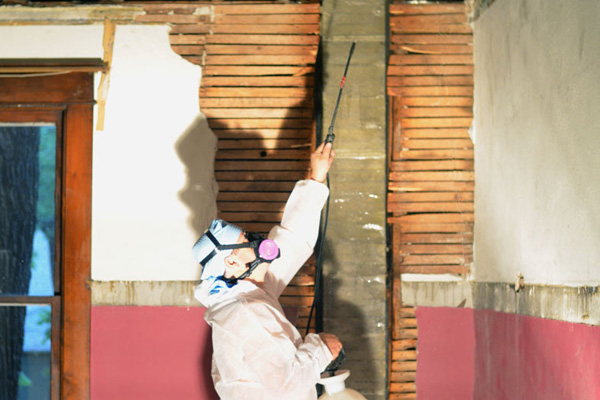
If your house was built between the 1930s and 1990s, and you have a popcorn ceiling that has not been tested for asbestos, make sure to consult with a pro before doing any repair work. Inspections may be costly, but it is dangerous to start any ceiling projects if there are traces of asbestos floating around. Even though Canada phased out asbestos popcorn ceilings in the 1990s, the government is only now in the process of fully banning this mineral throughout the country. It is best to leave it in the hands of a specialist if you are unsure, and HomeStars can help connect you with the right person. That being said, you are not at risk as long as your ceiling remains undisturbed!
Below are the average costs of Plastering services across different cities in Canada:
| City | Average | Minimum | Maximum |
| Barrie | $2,725 | $1,000 | $4,000 |
| Calgary | $4,233 | $2,000 | $7,600 |
| Edmonton | $3,767 | $1,300 | $7,000 |
| Guelph | $2,150 | $1,800 | $2,500 |
| Hamilton | $4,400 | $1,000 | $7,000 |
| Oshawa | $1,833 | $600 | $2,600 |
| Ottawa | $2,610 | $750 | $6,000 |
| Toronto | $3,050 | $500 | $10,000 |
*Costs based on 246 verified Canadian homeowner reviews as of March 2022
Ultimately, it is up to you to decide what to do when scoping options to update your basement, bedroom, or hallway ceilings. If saving some money in the short-term is more important, and you like the aesthetic, popcorn ceilings are a cost-effective choice. However, a smooth ceiling will be a better investment down the road when you are ready to sell your house, as this type of ceiling can give off an old-fashioned impression to potential buyers. You can actually increase your home’s value by getting rid of your popcorn ceilings. You can still enjoy popcorn in your home if you choose to restyle your ceilings, but serve it as a snack, instead.
Article updated on June 2022.
